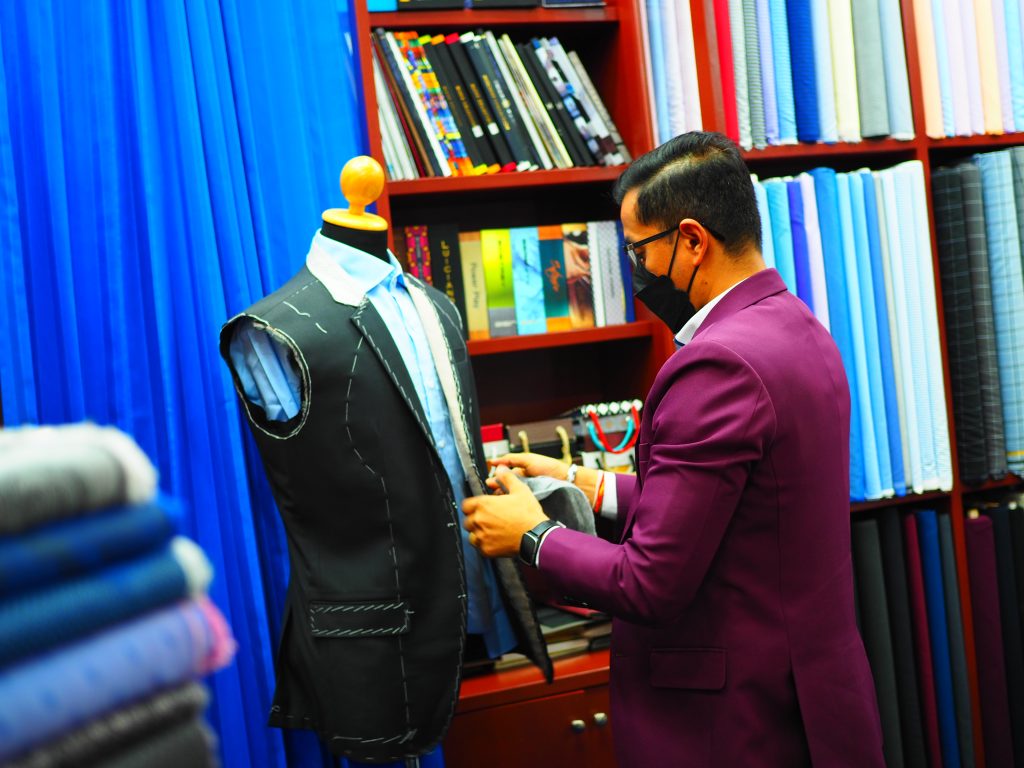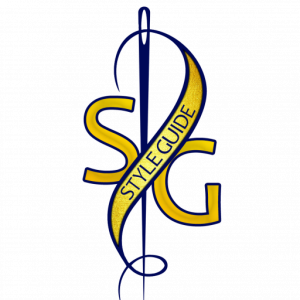Dress Codes Explained
Up To Code
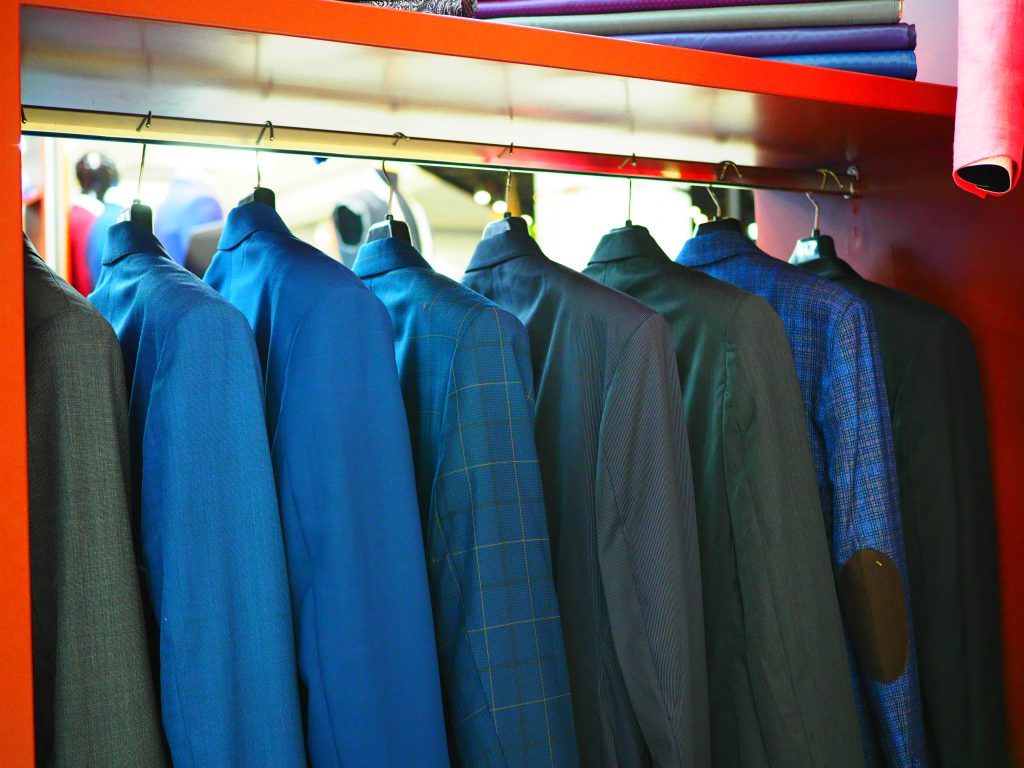
SEMIFORMAL (BUSINESS)
When a gentleman is dressed in professional attire, he’s communicating that he is about taking care of some serious business. His outfit says that his focus is sharp, that he’s intellectually capable, and he’s intent about the work that needs to be accomplished. There is a high level of respect that comes with this look.
Navy is considered the power colour, but both grey and black also make strong business suits. A plain white shirt is always a great option but you can spice it up with textured shirts or small & inconspicuous designs like graph checks or pencil stripes. Blue, grey, & black are standard business colours for ties. Don’t feel limited as there are varying shades of blue and grey, and designs such as polka dots, stripes, and paisley are great ways to add more style without over doing it.
White, straight-fold handkerchiefs as a pocket square add a crisp and classic element to the overall look. Coloured pocket squares can work depending on the environment. Your shoes should be the same colour as your belt; brown or black. Again, shades of brown vary so there is still a lot of variety available. The safest bet is to stay with solid socks that match your trousers.
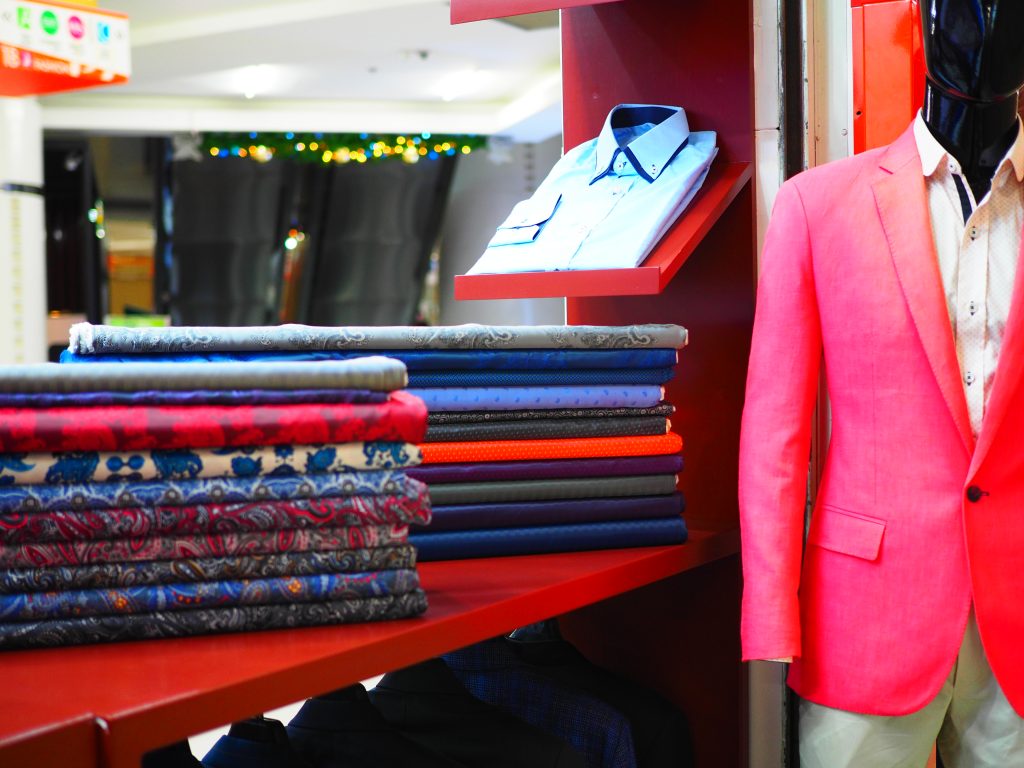
BUSINESS CASUAL
On business trips, at a business lunch, or a day at the office, things occasionally get more relaxed. The business casual dress code therefore allows you a more relaxed choice of clothes and is less formal than business attire. Nevertheless, your appearance should remain upmarket and professionally presentable.
The key to this look is combining business wear with selected casual elements in a targeted way. A suit without a tie, a light shirt, and lace-up shoes – Oxfords or loafers, for example – paired with a flat watch, a belt & bag that match your shoes will put you on the right track.
A separate jacket or blazer with a button-up shirt, shoes that are less formal than Oxfords but smarter than trainers (e.g. brogues or loafers), and an optional tie is also advisable. Just avoid striking colours & patterns. You don’t want to look too sporty or colourful as it reduces the professionalism of your look.
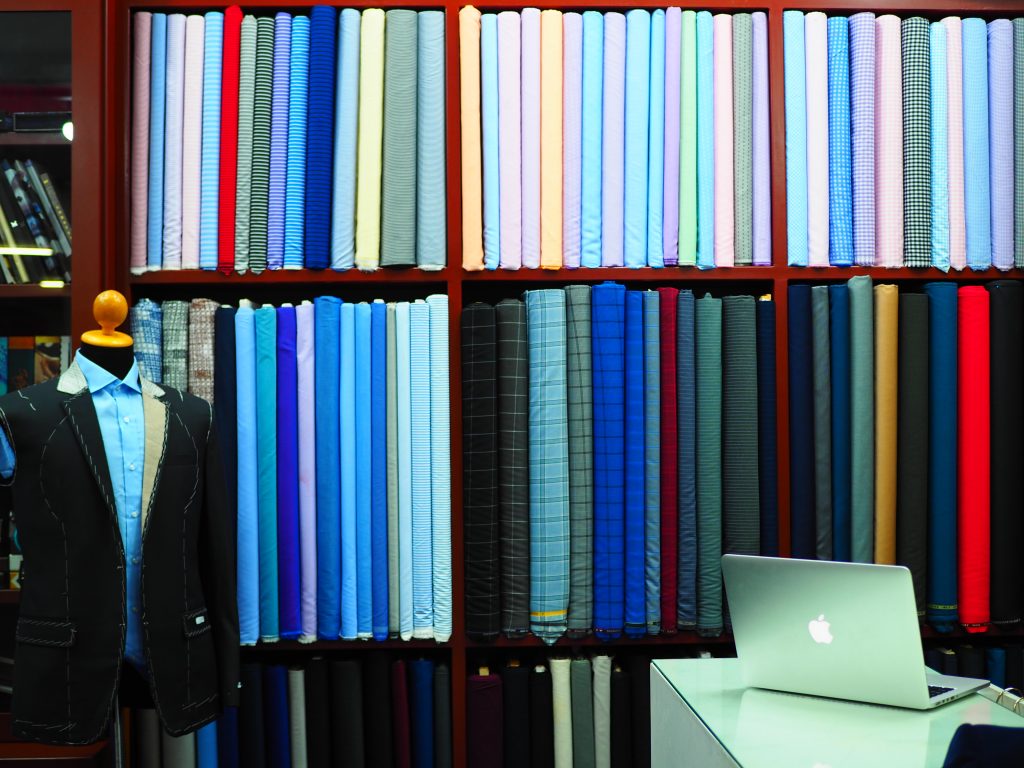
BLACK TIE
Customarily, a black tie dress code is less regulated than a white tie dress code, so more latitude for variation is given for this aesthetic. The dinner suit or tuxedo is the principal element for men at a black tie event.
A black, midnight blue, or white jacket with ribbed silk facings on a shawl collar or peaked lapel on top of trousers with a single silk or satin braid covering the outer seams will ensure you’re up to code at a black tie event. Your dress shirt should be white and feature French cuffs and a turn-down or detachable wing collar. A black cummerbund or a low-cut waistcoat and a black ribbed silk bow tie matching the lapel facings are a must.
Finish the formal look off with black dress socks and black shoes — highly polished or patent leather Oxfords, or patent leather court shoes.
